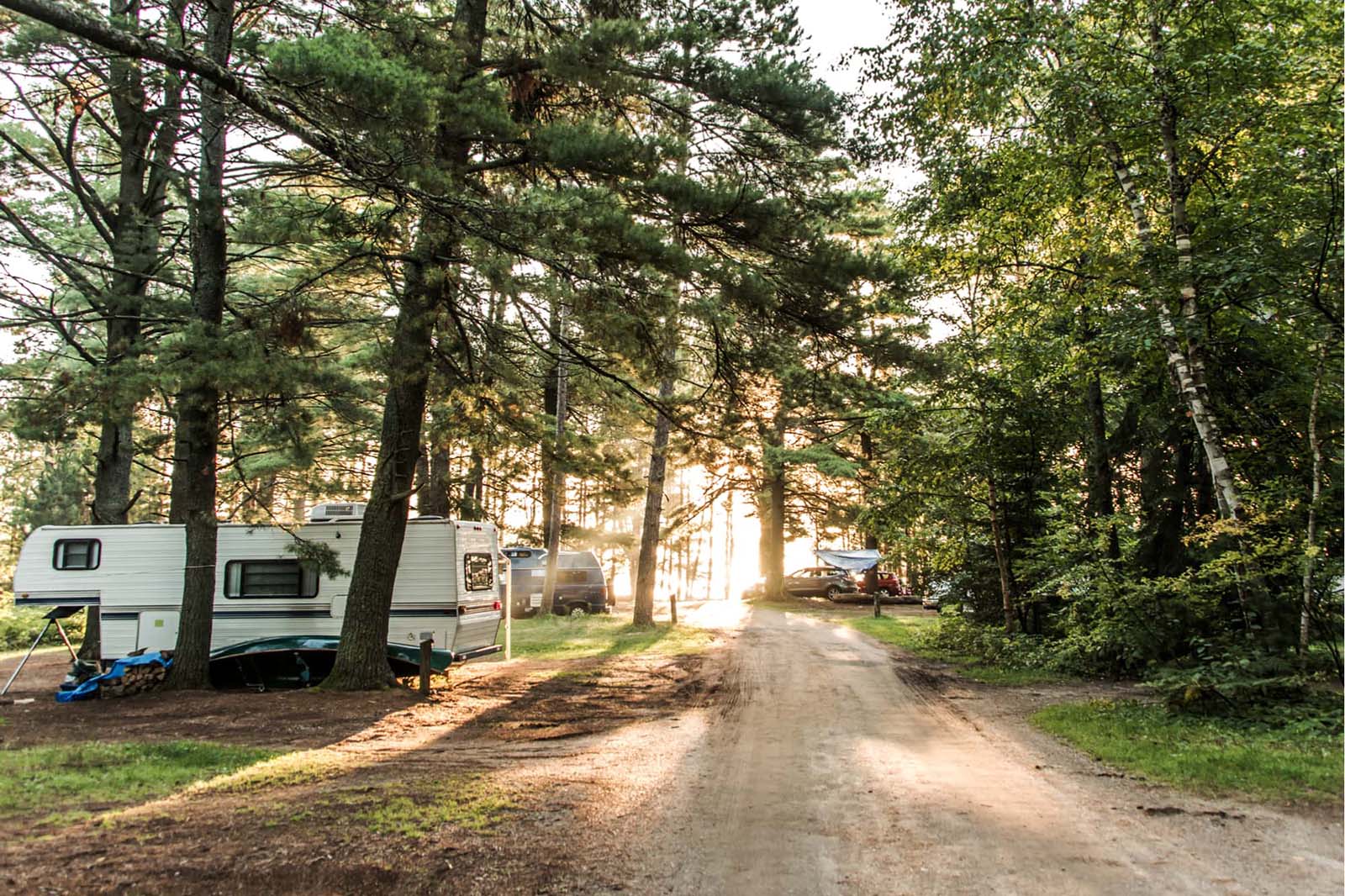RV batteries play a crucial role in powering various systems and appliances in a recreational vehicle. However, like any other battery, they require regular charging to maintain optimal performance and longevity. In this article, we will guide you through the process of charging your RV battery effectively.

1. Choose the Right Charger
Choosing the right charger for your RV battery is essential. You have two options: a standard charger or a smart charger. A standard charger provides a constant charge to the battery, which can be convenient but may also lead to overcharging. On the other hand, a smart charger adjusts the charge rate based on the battery’s state, preventing overcharging and extending the battery life.2. Determine the Battery Type
It’s crucial to know the type of battery you have, as charging methods may vary. The most common RV battery types are lead-acid batteries, including flooded, gel, and AGM (absorbed glass mat) batteries. Each type requires a different charging approach, so consult your battery manufacturer’s guidelines before proceeding.3. Prepare for Charging
Before you start charging your RV battery, make sure to take safety precautions. Turn off all electrical devices and disconnect the battery from the RV to avoid any potential hazards. Clean the battery terminals with a solution of baking soda and water, if necessary, and inspect the battery for any signs of damage or corrosion.
4. Connect the Charger
Next, connect the charger to the battery. For flooded batteries, identify the positive and negative terminals and connect the charger accordingly. AGM and gel batteries usually have designated charging ports, making the connection process easier. Follow the manufacturer’s instructions and ensure a secure connection before proceeding.5. Monitor the Charging Process
Once the charger is connected, monitor the charging process closely. If you are using a standard charger, check the battery periodically to avoid overcharging. Smart chargers, however, will automatically adjust the charge rate to prevent overcharging. It’s crucial not to leave the battery unattended and to follow the recommended charging duration based on the battery’s size and condition.Checking Battery Voltage
Before charging, check the battery voltage using a multimeter to assess its condition accurately. Any voltage below 12.4V may indicate that the battery needs charging.

